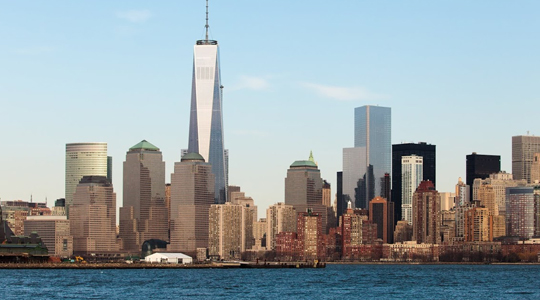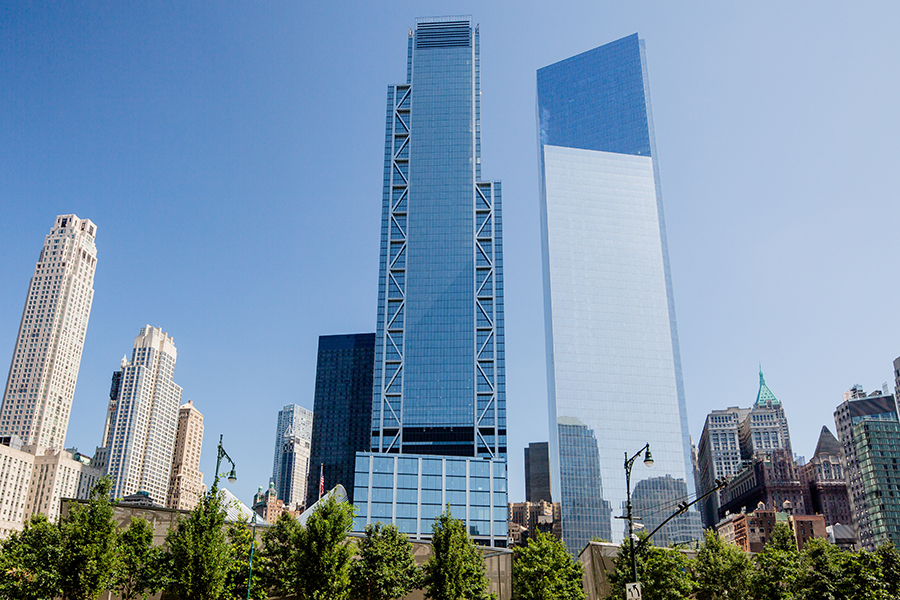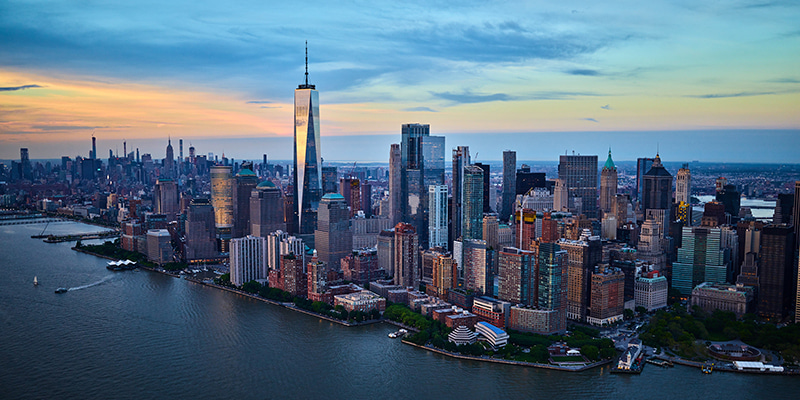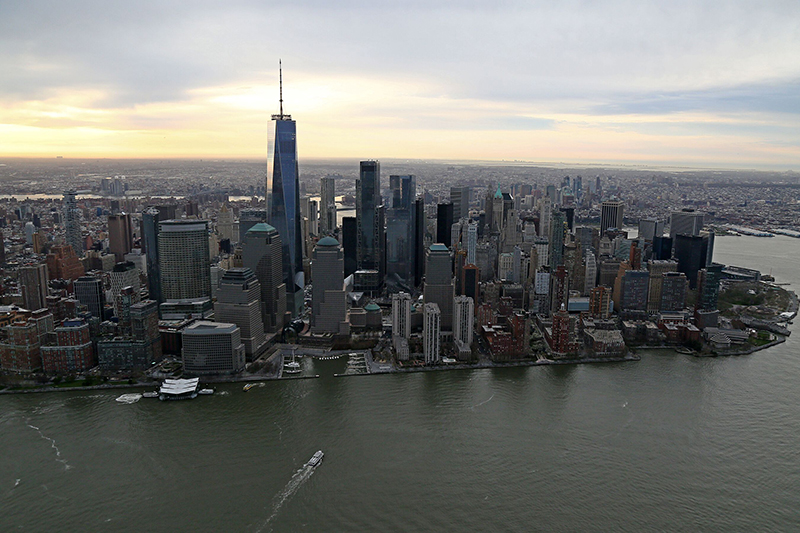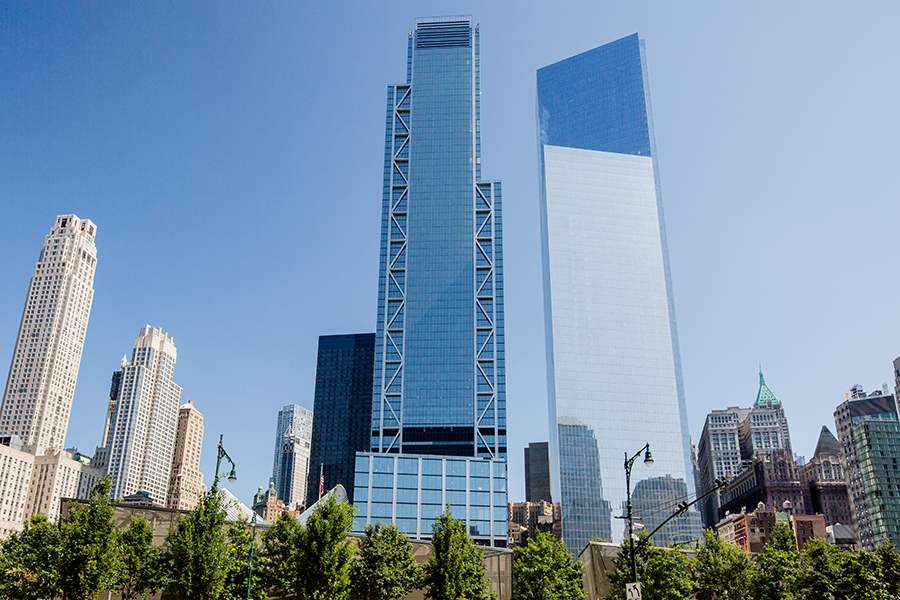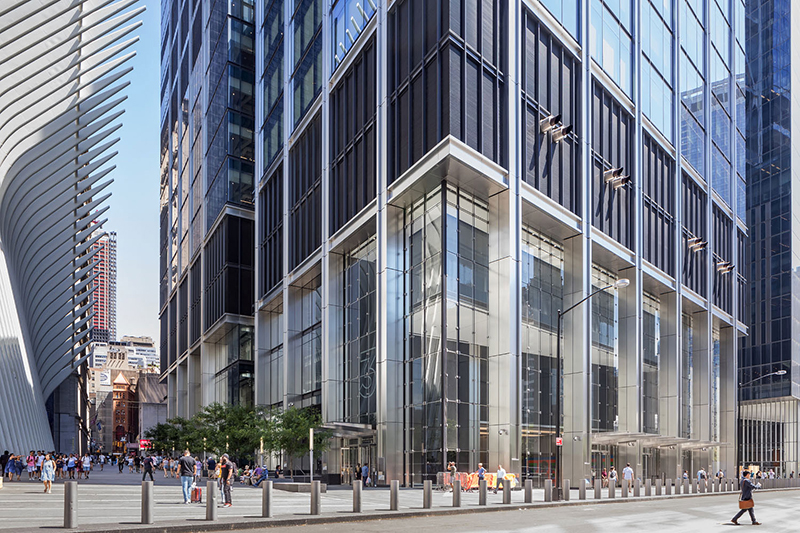By Theresa Agovino and Lisa Fickenscher | Crain’s New York Business
The exhibit space is seen as a further catalyst for lower Manhattan growth.
As the National September 11 Memorial Museum readied its public opening last week, the institution’s president, Joseph Daniels, who has shepherded the project for the past eight years, reflected on the work that brought the politically charged project to fruition.
“To finally see this come together is so gratifying,” said Mr. Daniels. “We did so much planning and preparation, and now people from all over the world can come and see it.”
About 5,000 people are expected to visit the museum on May 21, when it opens to the public.
This summer, some 8,000 visitors are expected daily, and attendance is expected to reach 2.4 million in the first year—making it one of the city’s largest cultural attractions. It cost $700 million to construct the museum and memorial. (The latter opened in 2011.)
Mr. Daniels’ enthusiasm about the museum’s completion and the visitors it will draw is shared by many around the world, but it particularly resonates downtown, where scars of the attacks are finally healing.
Area resurgence
Hoteliers, landlords, restaurateurs, retailers and the heads of neighboring cultural institutions expect the crowds to benefit their organizations and continue to spur the resurgence of lower Manhattan.
Further steps in the evolution are coming. One World Trade Center is scheduled to open later this year, and a small portion of the major retail renovation at Brookfield Place, near the World Trade Center, will debut in a few weeks, when some takeout places are slated to open. The entire project, however, won’t be completed until next spring.
The neighborhood looks less like a construction site since the fence around the 9/11 memorial finally came down last week.
The opening of the Sept. 11 museum “is a great symbol of how far we have come,” said Jessica Lappin, president of the Alliance for Downtown New York. “The $30 billion that has been invested here over the past decade is becoming tangible and real.”
In 2001, there were just 1,469 hotel rooms south of Chambers Street. Next year, there will be 7,025. Today, there are 18 hotels downtown, and just as many are expected to open during the next several years, according to the alliance.
The hotels are simply tracking demand. The number of visitors to the tip of Manhattan jumped from 4 million in 2002 to 11.5 million in 2012. The number dipped to 9.6 million in 2013, after Superstorm Sandy took a toll on the area, but that figure is expected to rebound this year.
Office tenants have been migrating to lower Manhattan as well—a list that stretches beyond companies such as Condé Nast and HarperCollins, which are among the pioneering wave of creative, media and tech firms that are now moving downtown in droves. Revlon and the publisher of Nature magazine have both committed to big spaces at 1 New York Plaza. And Time Inc. is said to be close to a 650,000-square-foot deal to move its magazine operations to Brookfield Place.
According to Cushman & Wakefield, the vacancy rate in lower Manhattan in April was 11.45%, down nearly a percentage point since December, a sure sign that leasing has been strong in the neighborhood through the first part of the year.
“I have spoken to the executives at Brookfield, and they say they have commitments for every square foot of vacant space at their complex,” said Larry Silverstein, the World Trade Center developer.
The alliance, for one, is capitalizing on the museum’s opening. The organization is launching a promotion on Tuesday evenings, when the 9/11 museum will be free from 5 p.m. to 8 p.m., to encourage people to stay for dinner and shop in the area. Tuesday-evening museumgoers will also be entitled to discounts at participating retailers, Ms. Lappin said.
Some cultural institutions say the 9/11 memorial has already provided them with a boost. Attendance at the National Museum of the American Indian at Bowling Green jumped 63%, to 594,631, last year, compared with 2011. A spokeswoman for the institution said that in a survey, 71% of its visitors who said they were going to another downtown attraction cited the memorial. Next was Wall Street, which was cited by 45%.
Sales go up
The memorial’s debut provided a “healthy” increase in sales at discount department store Century 21, according to Eddie Gindi, executive vice president and co-owner, who declined to be more specific. He expects a further boost from visitors to the museum and noted that the store has been preparing for the opening for the past few years. The discount retailer added three new floors last year, and has improved the shopping experience with more signs and wider aisles.
“We needed to fix up the store to keep up with all that is going on downtown,” Mr. Gindi said.
Still, not everyone is convinced the 9/11 museum will be a major boon. “I think it will help,” said Carol Willis, director of the Skyscraper Museum in Battery Park City. But she worries that after such a somber experience, visitors to the institution may not be in the mood for other activities. “You see 50 or 60 buses at the memorial and they go back uptown or New Jersey,” she said.
She hopes that people will visit her museum first because it provides historical context for the original World Trade Center. In fact, she would like to work with the 9/11 museum on various projects.
Others believe that the museum will simply add to the area’s growing appeal. Andrew Madeira, general manager of five-year-old Ruchi Indian Cuisine—located on Cedar Street, just one block from the memorial—said, “Things are changing very swiftly here.” About half his customers at the 40-seat eatery already come from out of town.
Meanwhile, the four-year-old W New York Downtown on Washington Street, which overlooks the World Trade Center complex, has been reaping the rewards of all the development and interest in the area. “Our average room rate is unstoppable right now,” said General Manager Patrick Horstmann. “We have to put the breaks on it.”
Last week, the swanky property’s room rates were about $500 per night, he said, and it has been sold out for the past two weeks.
‘Major milestone’
With commercial and residential real estate on the upswing as well, all the pieces are finally coming together.
“The museum opening is another major milestone in the transformation of downtown and its coming back to life,” said Scott Rechler, vice chairman of the Port Authority of New York and New Jersey, which owns the World Trade Center site and is a major commercial office landlord in the city.
Mr. Rechler said that the memorial and museum, together with the hundreds of thousands of square feet of retail space being built at the World Trade Center site and the construction of a grand new transit hub there, create the package of amenities and infrastructure that is increasingly attractive to office tenants.
“You need all those ingredients today to have a successful commercial district,” Mr. Rechler said. “You need to have the cultural aspect and the retail and the transit and the open space and parks.”
